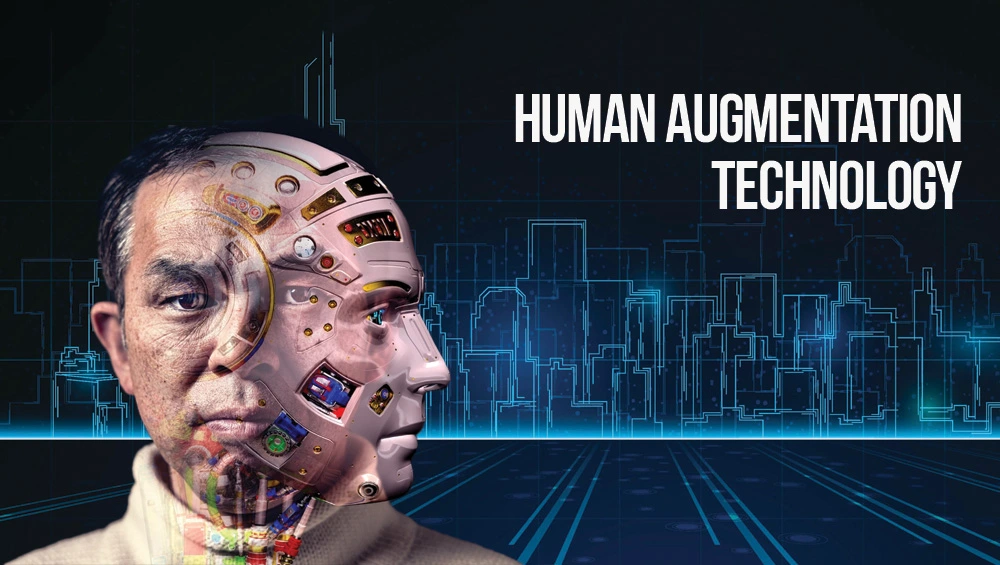Human augmentation has evolved from being a science fiction concept to a rapidly advancing field that is redefining the boundaries of what it means to be human. The idea is simple yet revolutionary: using technology to enhance human abilities beyond their natural limits. From fitness trackers that monitor our daily activities to brain implants that restore lost functions, human augmentation represents one of the most transformative shifts in modern technology and healthcare.
Table of Contents
Understanding Human Augmentation
Human augmentation refers to the use of technology to enhance physical, cognitive, or sensory capabilities. It can be achieved through external devices, such as wearables, or through internal systems, like implantable technologies. The goal is to improve human performance, extend abilities, or restore functions that have been lost due to injury or disease.
This field is driven by several key technologies including biotechnology, artificial intelligence, nanotechnology, and robotics. Together, they are creating solutions that not only enhance how humans interact with technology but also how they interact with the world.
The Rise of Wearable Technology
Wearables marked the beginning of modern human augmentation. Devices such as smartwatches, fitness bands, and augmented reality glasses have become part of daily life. They allow people to monitor their health, track their fitness goals, and stay connected without relying on traditional devices.
The Apple Watch, for instance, can detect irregular heartbeats, track sleep cycles, and even call for help in emergencies. Similarly, smart glasses like Meta’s Ray-Ban Stories and Google Glass integrate digital information directly into the user’s field of vision, blending the real and digital worlds seamlessly.
These advancements show how technology is no longer separate from humans but rather an extension of human experience.
Transition to Implantable Technologies
While wearables remain popular, the focus of innovation is now shifting toward implantable devices. These technologies are placed inside the body and work with biological systems to enhance or restore function. For example, cochlear implants restore hearing for people with auditory impairments, while retinal implants aim to help those with vision loss.
More advanced implantable devices are being developed to monitor internal health metrics in real time, deliver medication automatically, or even control prosthetic limbs using brain signals. Companies like Neuralink and Synchron are leading this movement by creating brain-computer interfaces (BCIs) that enable direct communication between the brain and external devices.
The Role of Artificial Intelligence in Human Augmentation
Artificial intelligence is the foundation that powers most modern augmentation systems. AI helps devices learn, adapt, and respond intelligently to human needs. In wearables, AI processes large volumes of health data to identify trends and provide personalized insights. In implantables, it can decode brain signals, predict medical conditions, or optimize device performance without manual input.
For example, AI-driven prosthetics can interpret neural impulses to allow natural movement, giving users greater control and comfort. As machine learning models improve, these systems will become even more precise and capable of understanding complex biological signals.
Ethical and Social Implications
While human augmentation offers great promise, it also raises ethical, social, and privacy concerns. Questions arise about data security, inequality, and the definition of human identity. If technology can enhance human abilities, should there be limits on how far we go? Could access to augmentation technologies create a divide between those who can afford enhancements and those who cannot?
Privacy is another major concern. Wearables and implantables constantly collect sensitive biological data. Without strong data protection measures, this information could be misused by corporations, governments, or hackers.
It is essential for policymakers, technologists, and ethicists to work together to create guidelines that ensure human augmentation serves humanity responsibly and equitably.
The Future of Human Augmentation
Looking ahead, the line between humans and machines will continue to blur. Future augmentation technologies may include memory-enhancing brain chips, exoskeletons that boost physical strength, or nanobots that repair damaged tissues from within the body. These advancements will not only improve human health and capabilities but could also lead to entirely new forms of human evolution.
In workplaces, augmented humans may be able to perform tasks that are currently impossible due to physical or cognitive limitations. In medicine, implantables could eliminate the need for certain treatments by monitoring and healing the body automatically. The future of human augmentation holds the potential to redefine how we live, work, and experience reality.
Conclusion
The journey from wearables to implantables marks a new chapter in the story of human progress. What began as simple devices for tracking steps and heart rates has now evolved into sophisticated systems capable of connecting directly with the human mind and body. As technology continues to advance, human augmentation will not just enhance our abilities but also expand our understanding of what it means to be human. Also Check Future of Passwordless Authentication – Ultimate Guide 2025







1 thought on “Evolution of Human Augmentation – Comprehensive Guide 2025”